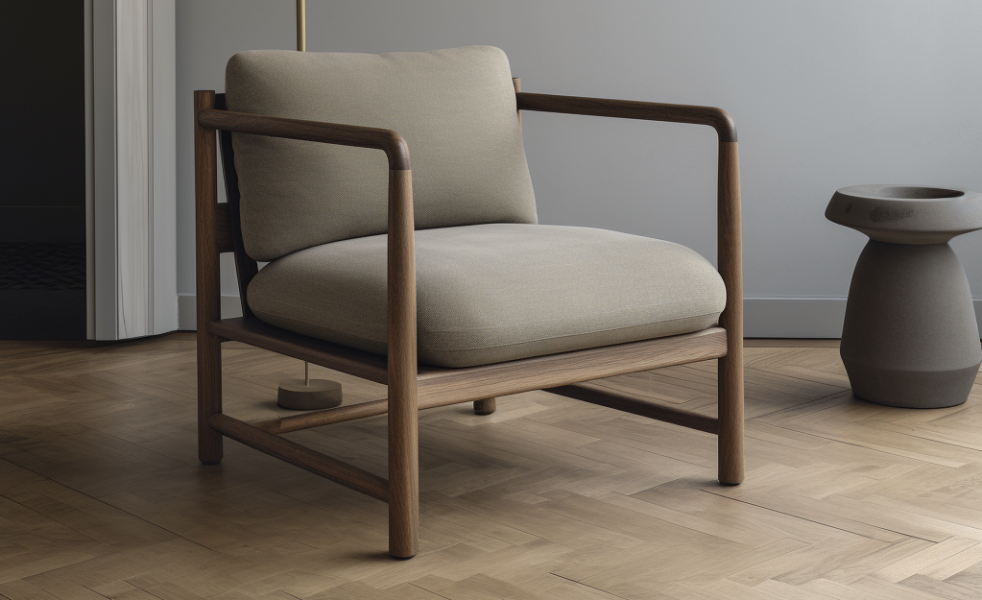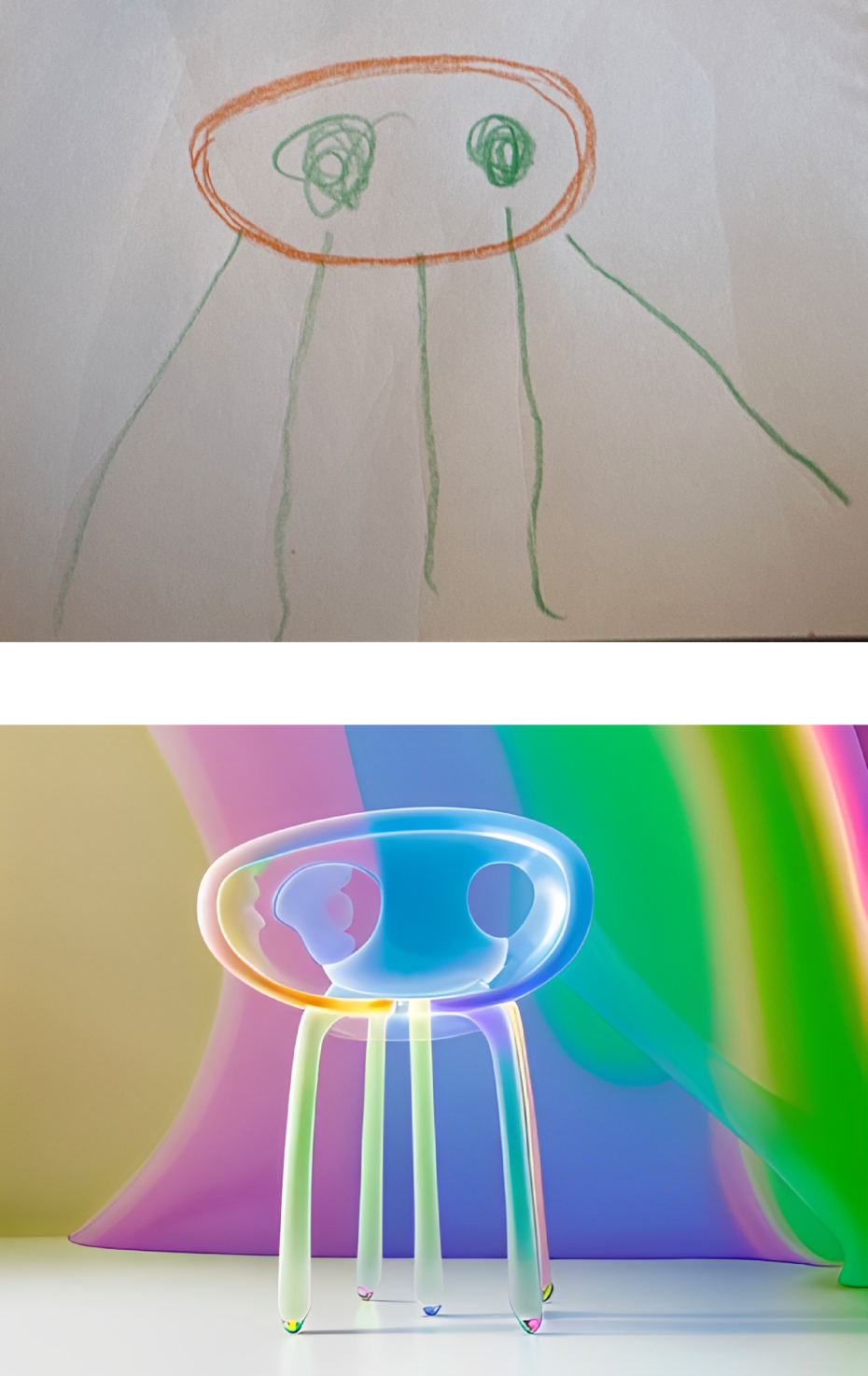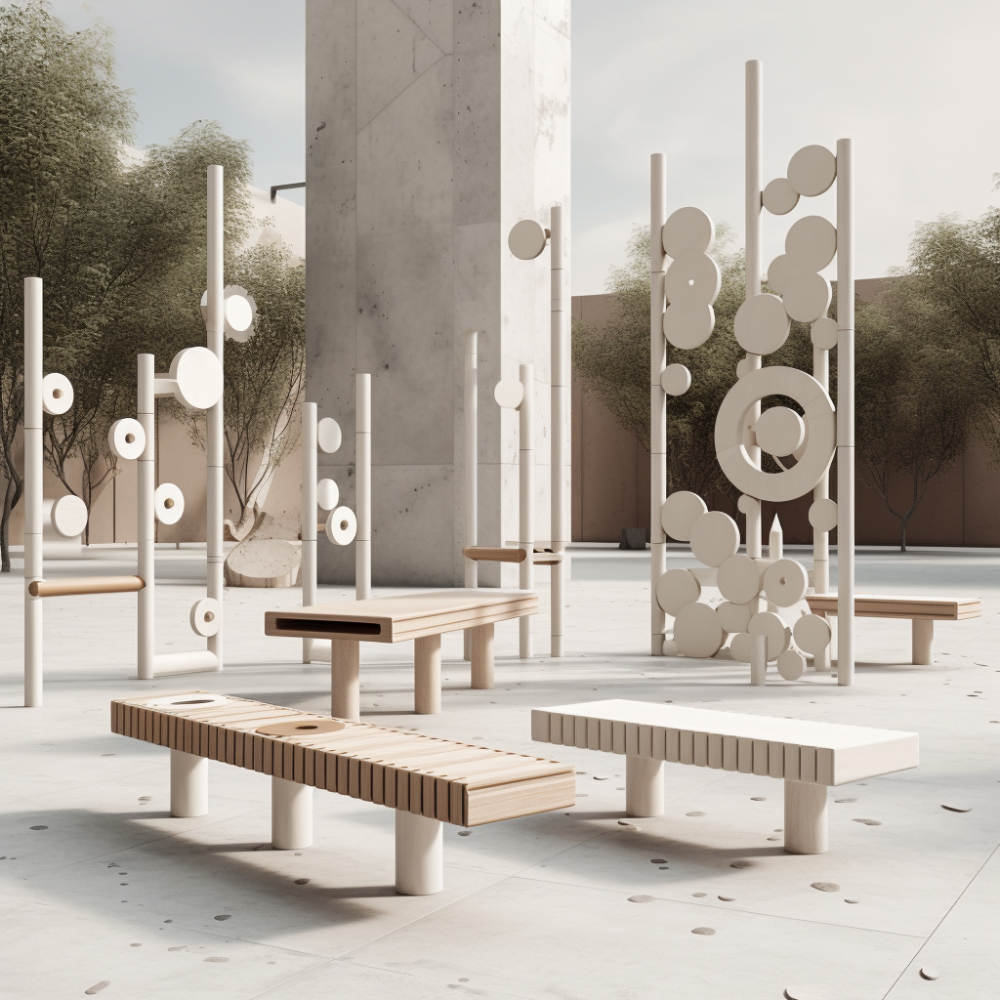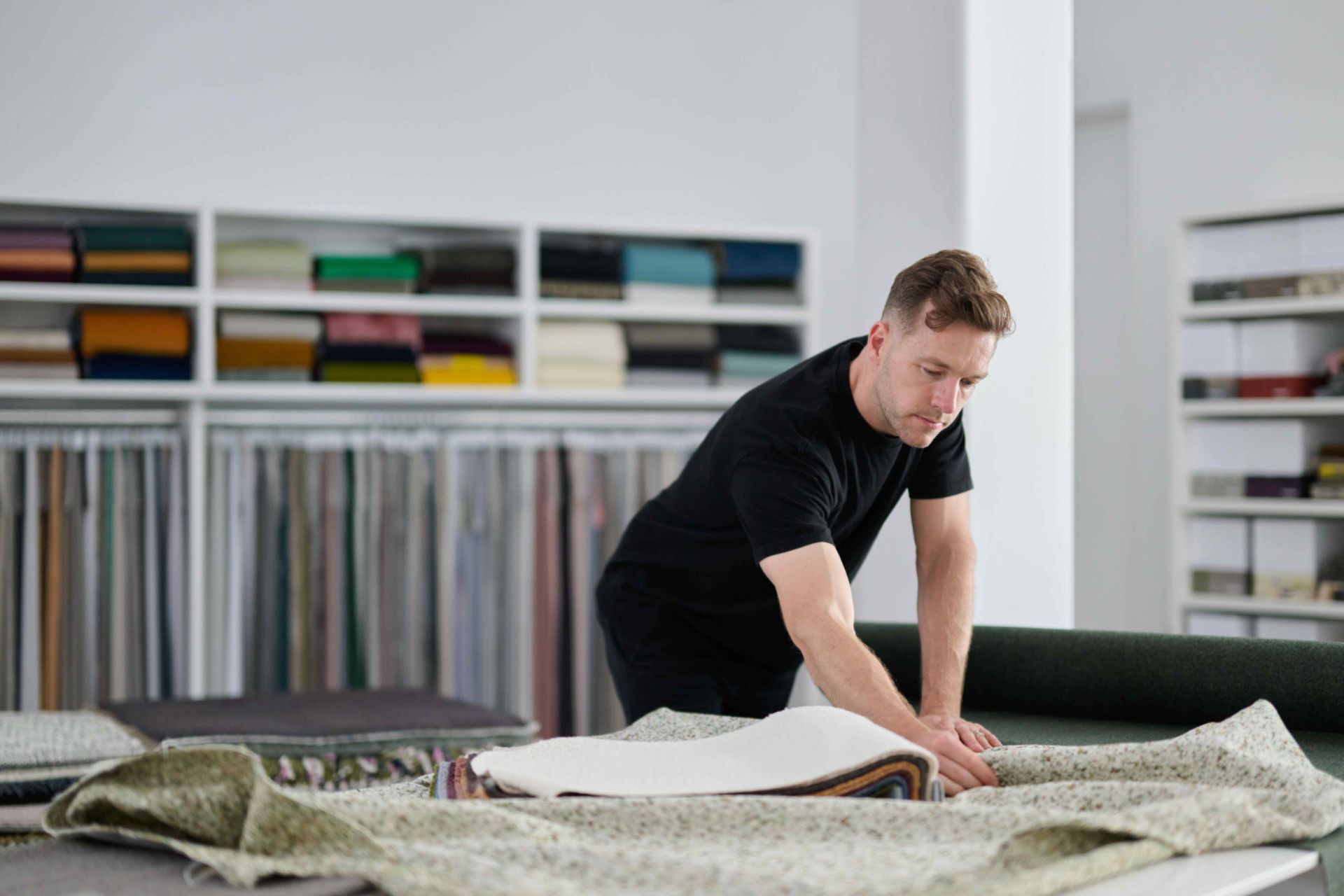In general, we currently view AI as our collaborator, helping us as a partner in brainstorming sessions, to quickly iterate and prompt our creative thinking. Although many of the tools are great in learning about basic design concepts, they’re not necessarily the best at understanding many fundamental principles, such as the practicality of laws of nature or foreseeing how a design could be manufactured, resulting in unique visuals. This has allowed our designers to push past their preconceived assumptions, and open themselves up to different and unique ideas. It then becomes part of a designer's role to figure out how these concepts can function within the physical world. On that note, below are the tools that we currently use and how we use them on the day to day.
Unless you’ve been taking a hiatus from the internet, you will have seen the increased conversation around AI and particularly AI within the creative industries.
One such example is Ikea’s use of generative AI to find the future of design using their old catalogues. Over the past two years we've started introducing AI tools into our workflows, one from a place of general curiosity but also in an attempt to streamline some of our processes.


Prome AI
PromeAI is the latest tool that has caught our eye. PromeAI takes our preliminary sketches and turns them into 3D renders. You can adjust several parameters, changing the image into different styles. This acts as a great way to iterate in a controlled direction, particularly when we are on a project sprint, and building out a diverse spread of ideas. The AI often ‘glitches’ on different parts of the sketch, it is here where we often use these ‘glitches’ as a prompt to leap off from for further ideation, that we wouldn’t normally come across. It can however, be a bit of a black hole and it’s important that we understand how much time we are spending and whether we are actually getting good measurable ideas.

MidJourney
Next up, let’s talk about MidJourney. You probably have stumbled upon a number of Midjourney experiments. It is an incredibly entertaining tool to use to rapidly ideate and prompt a creative session. It works by feeding the AI a text prompt and from there it will spit out images. Just like PromeAI it can definitely be a bit hit and miss, but once you have found a prompt that works it can produce some really interesting concepts at a superbly high render quality. It definitely has an aesthetic that it gravitates towards but can help imagine unique combinations of materials and environments.
ChatGPT
ChatGPT is probably the most well known tool on this list. We think of it as a personal assistant. Streamlining various of our day to day tasks. Whether we’re seeking to summarize a meeting, create tables of information, articulate complex theories, or even brainstorm (like for this very article), ChatGPT helps us get started.

We’re aiming to use these tools to clear up our workload so that we can focus on the parts of design that we truly enjoy.
We as designers, still need to be able to decipher what is good design and what isn’t? How can concepts be manufactured? Is this commercially viable? Is this a direct copy of another designer's work? We’re still relying on our trained understanding of design theory and practicality, moving us into acting as Art Directors, guiding these tools to help us in our tasks and then deciphering which concept we choose to move forward. This is particularly interesting for early career designers where they can move into these roles faster, as they embrace the technology.
Although these tools still feel like they’re in their infancy they’re rapidly getting better and better. We can foresee that they will soon be able to rapidly cut out many parts of our process. From a high level our process goes from iteration/sketching, through to CAD and modeling, to being rendered. Soon we will be able to produce these exact same types of renders straight from either our initial sketches or from a prompting sentence. We’re also super excited to see how the new Ai integration with Adobe will pan out, being directly integrated into the tools that we already use. We’re always interested in learning about what others are using, so let us know and we’ll check them out!
